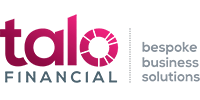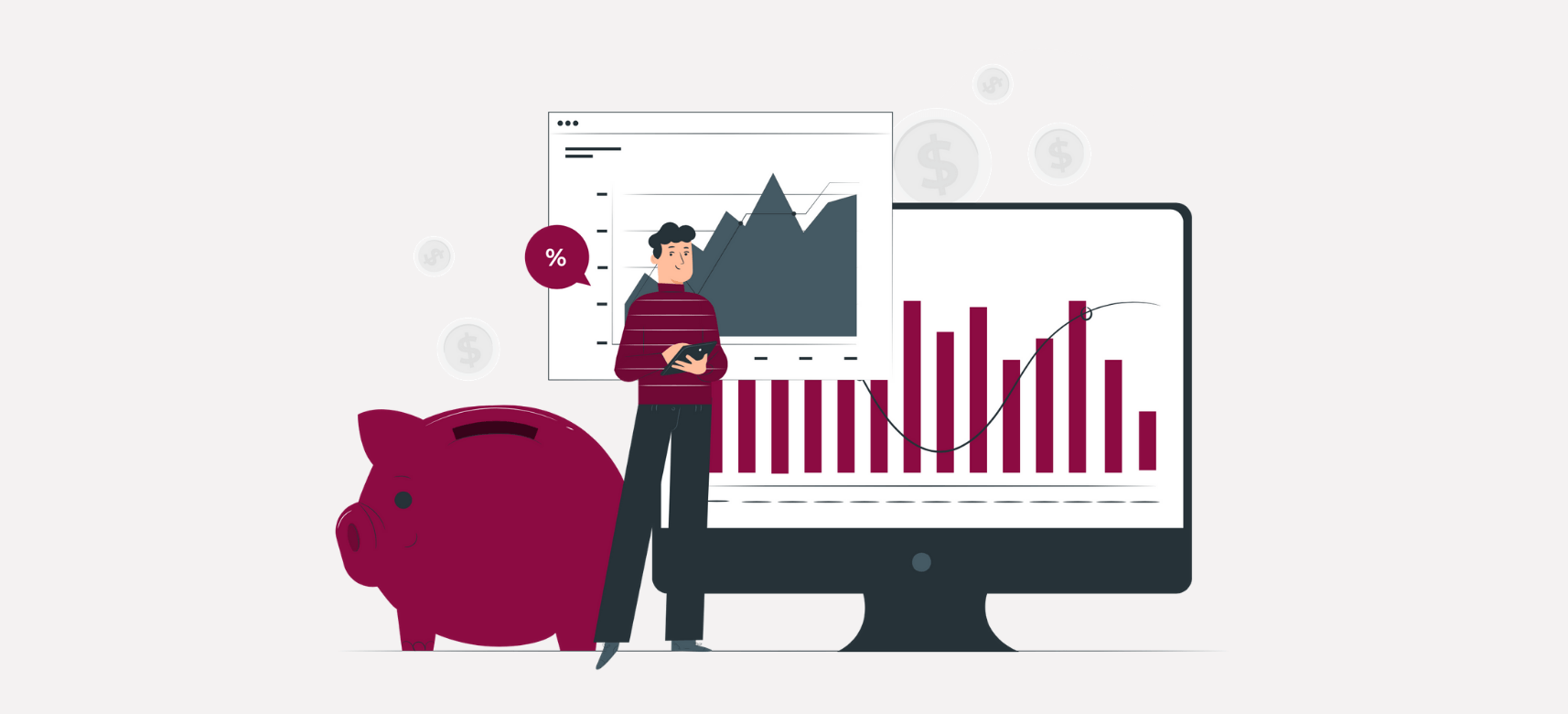Blog
Best Sources of Finance for Small Businesses in Australia
You have many ideas and plans for your business. But when it comes down to moving ahead, you need cash. So, what’s your next move to secure a source of finance? It
First, you need to determine the reason you require funds. Figure out if it’s a short term need (to meet certain expenses) or a long-term need (to purchase an asset). Understand if you’ll be in a position to actually repay the debt and whether you want to take up the risks of doing so.
Like we’ve previously stated, preparing a balance sheet
is one of the first main steps towards getting those extra finances.
Here are the different sources of finance for small businesses in Australia:
1. Government Services and Grants.
You won’t believe just how many grants and funding are offered by the Australian government. Depending on where you’re located, the industry and the reason you need more funds - whether it’s to hire more employees, marketing or upgrading equipment - there’s a grant waiting for your application.
Click here
to see all the grants and funds you qualify for. We urge you to grab at every opportunity you can. If your business has been affected by the pandemic, all the more reason to apply.
2. Ask your Accountant.
If you’re working with a good accountant, chances are that they have prior experience of referring clients to various sources of funds. Good accountants will have a strong referral network with trusted professionals. At Talo, we work with a range of amazing commercial brokers who offer big and small funding to our clients.
3. Capital Investment
If you’ve figured out the reason you need funds, let’s move on to understand what stage of the business you’re at. Are you still in the research or beginning stages with no previous sales record? You might want to consider personal savings, borrowing from friends and family or crowdfunding. On the other hand, you’ll want to go the route of angel investment, ie., if you have a proven sales record over a period of time.
Irrespective of which stage of business you’re at, you can consider raising venture capital or selling equity (if you’ve watched Shark Tank, you know this means bringing in shareholders or business partners). There are plenty of Australian networks that connect entrepreneurs with investors.
4. Secured Borrowing (borrowing money against assets).
You could either put up your personal assets as security – but we recommend talking to advisors (like Talo Financial) before you do this – to ensure your best chance at success. Consider looking into equipment finance against machinery/vehicles, debtor finance – if you want to utilise customer billings faster, or commercial property finance against property. You also have the option of leasing out equipment and property.
5. Unsecured Borrowing (borrowing money without assets)
However, if you’re in the beginning stages of the business, chances are you don’t have any business assets as collateral against the debt. Or you don’t want to risk your personal assets. If you’re doing this, be sure to focus on building assets and repaying the debt.
While the amount will be much lower and interest higher, you can consider the following sources of finance for small businesses:
- Online small business loan (Fintech)
- Unsecured Term Loan
- Unsecured Overdraft
- Business Line of Credit (LOC)
- Merchant Cash Advance
- Credit Card
- From friends and family
Some of these will depend on how long you’ve been in business, credit score and could take a bit of time to secure funding.
There’s still a couple of questions to consider when borrowing money. Ask if you really want to the risk and if it’s worth it. Analyse which source of funds makes the most sense for you.
Factor in the business timelines with regards to repayments and interest payments. After all, debt servicing - paying it back without crippling your business is key!
You might be tempted to do this on your own but you’ll want to consider speaking to an experienced accountant. You need to see not only how it helps you to have the debt, but what it costs you in dollars and opportunities. Then, you’ll need to know how to track the debt and repayments. Finally, you’ll understand your business and cash flow so that risk is reduced and return is increased!
If you would like accountants who specialise in cashflow forecasting and helping you see your debt servicing to make better decisions – have a chat with us
– we might be a great fit for you!
Here for your funding worries,
Talo Financial Team
©
2019
Talo Financial | Facebook
Registered BAS Agents - Tax Practitioners Board (TASA2009)
Liability limited by a scheme approved under Professional Standards Legislation.

